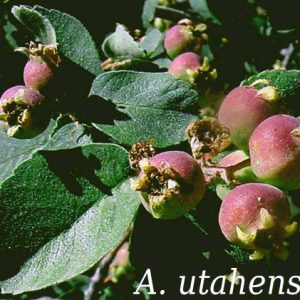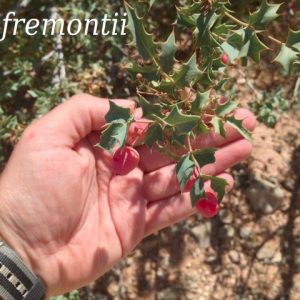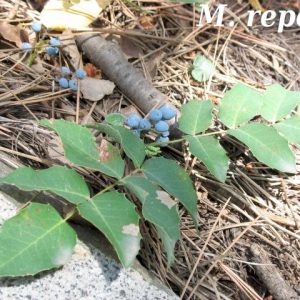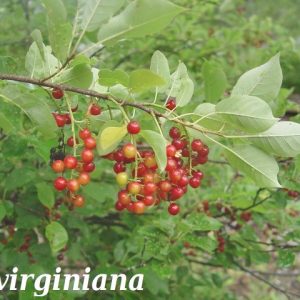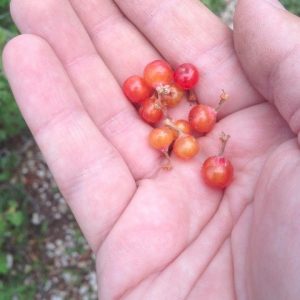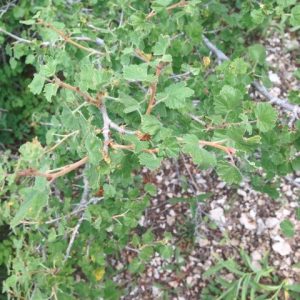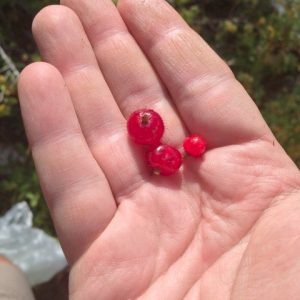I can’t believe how fast the time has gone; 5 months are almost up already. Things have slowed down a bit; we had populations scouted out, but we realized the seeds will take too long to mature. It is an in between period right now; the early blooming plant seeds are already dehisced and the later blooming plants won’t seed until after we’re gone. There are only a few populations that we are waiting on, the rest of the time we’re filling with monitoring for rare plants. We got to read some EAs (Environmental Assessments) in order to know about what areas we were surveying and why. It was really interesting to learn more about EAs and how they’re used.
I also got to do some rangeland health monitoring this month, backpack herbicide spraying, and I floated down the Green River. All 3 were great experiences but floating down the river was obviously my favorite! We were supposed to be checking the campsites down the river to make sure that they were free of trash, debris, and see if they had toilets that they were clean; however, most of the sites had been checked the day before so we basically just got to float! It was a gorgeous day for the trip too. The rangeland health monitoring was helpful to me because it allowed me to see how sites were determined to be healthy or not. Also, we got to see 2 moose that day (my first ever in the wild) so that was pretty exciting. And finally, backpack spraying was backpack spraying…nothing new there, but I was glad I was able to help out the weed guys.
So in the 4 months that we’ve been here our truck had 1 ply tires…which with the roads around here was not very fun. We ended up having 6 flat tires, which finally encouraged our supervisor to put in a request for better tires. So with 1 month left we got 6 ply tires! Yay! Hopefully no more flats for the rest of our internship.
I think that’s pretty much it for the month of August, I’ll leave you with a picture of the moose and floating the river.



